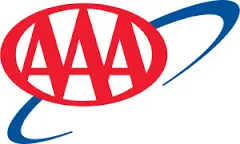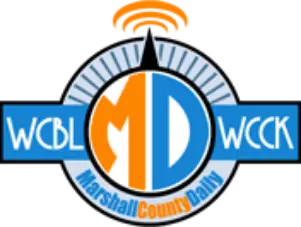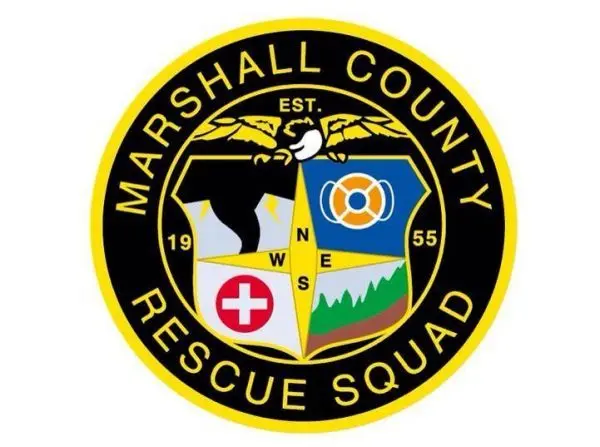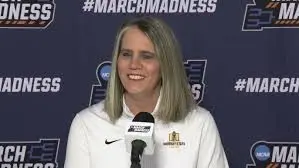It used to be nearly impossible to drive through Kentucky in August and not see tobacco growing in a field. In the summer of 1998, the leaf crop accounted for 25 percent of the state’s farm cash receipts and was grown by 46,000 farmers statewide. It was also grown by many of those farmers’ parents and their parents before them. For many, tobacco was Kentucky. Today the number of Kentucky tobacco growers has fallen to 4,500, but tobacco is still very much alive across the state. The crop accounts for a fair amount of all agricultural cash receipts-- about six percent--at a time when overall agricultural cash receipts are at record levels. And that success is largely due to tobacco, too, says Governor’s Office of Agricultural Policy Executive Director Warren Beeler. Beeler told the state legislative Tobacco Settlement Agreement Fund Oversight Committee today that Kentucky’s dedication of half of the funds received from a 1990s national master settlement with tobacco companies to agricultural diversification is the envy of many states. The appropriation was set out in 2000 House Bill 611 which helped propel the state to a record $6.5 billion in agricultural cash receipts in 2014. “We are the envy of all states with our tobacco money,” said Beeler. “We’ve gone from $3.7 billion (in total agricultural cash receipts) when we got the (settlement) money to $6.5 billion now, and I don’t think that’s a coincidence....” Lawmakers thanked Beeler, former GOAP Executive Director Roger Thomas and others for speaking at last month’s Southern Legislative Conference Annual Meeting in Lexington about HB 611’s successes. Committee Co-Chair Rep. Wilson Stone, D-Scottsville, said many delegates to the meeting were impressed with Kentucky’s use of its tobacco settlement dollars to diversify its agricultural economy. Beeler said he heard from individuals in state after state across the South who said “they wish they’d done what we’d done.” Kentucky’s efforts have almost doubled its receipts at the farm gate, he said. “It’s no coincidence… Don’t tell me it is, because plain-and-simple fact is we know this money has worked,” he told the committee. The biggest project in the history of the GOAP and the Kentucky Agricultural Development Board which it administers is a $30 million grain crops and forages center planned for construction on the property of the UK Research and Education Center in Princeton. Half of the project amount, of $15 million, will be provided as a matching grant from the Agriculture Development Board, said Beeler. UK must match the award for the center. Beeler said the project, which is also supported by the Kentucky Corn Growers Association, Kentucky Small Grain Growers Association, Kentucky Cattlemen’s Association and others, will pay dividends for the next 50 years. Proposed work with ryegrass alone could have a big payoff, he said. Sen. Paul Hornback, R-Shelbyville, gave special thanks to the Corn Growers Association which Hornback said purchased property for the center that will be leased to UK for repayment. “I appreciate what you all did,” he said to members of the association and all involved in the project. “Everybody is very appreciative” for this project, Beeler assured lawmakers. The center will feature new meeting facilities, laboratories, offices and improved internet access “so professors at the center can teach classes for students in Lexington,” according to a press release on the center from the University of Kentucky. “…All commodity areas based at Princeton including beef cattle, forages and pastures and horticulture will benefit from the improvements and expansion.”






